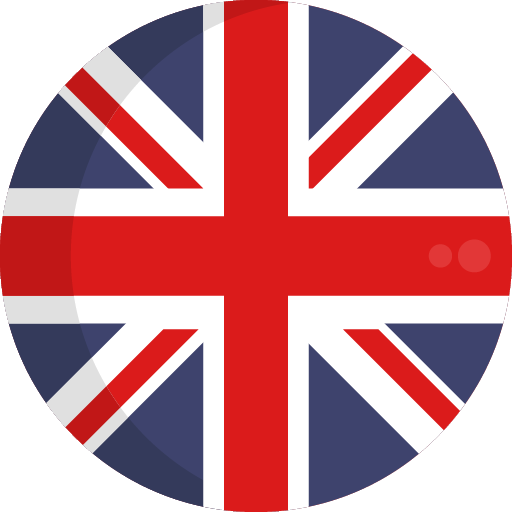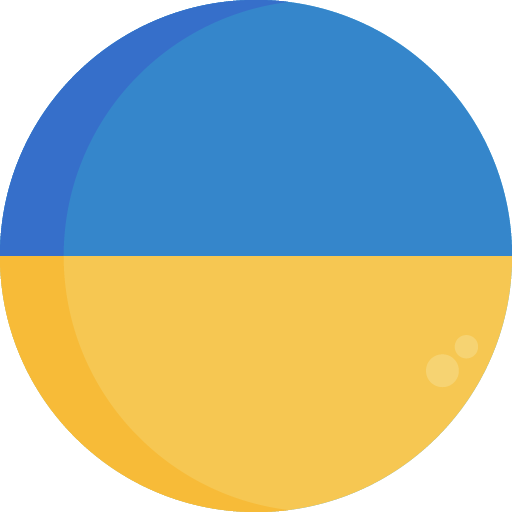Section 23
John the Baptist - His description of the Christ
Country around the Jordan River
| Matthew 3:11-12 | Mark 1:7-8 | Luke 3:15-18 |
| 11“I baptize you with water for repentance, but he who is coming after me is mightier than I, whose sandals I am not worthy to carry. He will baptize you with the Holy Spirit. | 7He proclaimed, “After me comes one who is mightier than I, the strap of whose sandals I am not worthy to stoop down and untie. 8I have baptized you with water, but he will baptize you with the Holy Spirit.” | 15Now as the people were waiting in expectation and were all questioning in their hearts whether John might be the Christ, 16John answered them all, “I baptize you with water, but one is coming who is mightier than I, the strap of whose sandals I am not worthy to untie; he will baptize you with the Holy Spirit and fire. |
| 12His winnowing fork is in his hand, and he will thoroughly clean out his threshing floor and gather his wheat into the barn, but the chaff he will burn up with unquenchable fire.” | 17His winnowing fork is in his hand, and he will thoroughly clean out his threshing floor and gather the wheat into his barn, but the chaff he will burn up with unquenchable fire.” 18With these and many other exhortations John preached good news to the people. |
Notes
Jordan River
The name Jordan, or yarad in Hebrew, means “to go down...to descend.” From the time it leaves its main sources at the foot of Mount Hermon, it drops 2,600 feet to the Dead Sea, the lowest point on the earth’s surface. Its course follows the largest fault zone on earth, the Great Rift Valley, which begins in Turkey and extends to East Africa.
The melted snows from Mount Hermon which spring forth at Dan and Caesarea Philippi are the main source of the river. As the river runs down toward the Sea of Galilee, the volume of water increases as several small tributaries and springs contribute to the flow. About 264 billion gallons of water flow through the Jordan River each year.
After the Jordan River exits the southern end of the Sea of Galilee, it meanders 125 miles (although the distance in a straight line is only 65 miles) to the Dead Sea. The depth of the river varies with the season as well as by region. At some points it is as shallow as three feet, in other places 10 to 12 feet. In the spring, however, the Jordan used to be “at flood stage all during the harvest” (Joshua 3:15). Today about 90 percent of the Jordan flow has been diverted for domestic or agricultural use.
The southern part of the Jordan attracts few tourists because it straddles Israel and the country of Jordan. Just above the Dead Sea, across from Jericho, near what the Bible calls “Bethany beyond the Jordan,” John baptized Jesus in the Jordan River (John 1:28).
Perea
Perea was the term used by the historian Flavius Josephus, and others, for a section of the territory east of The Jordan River, opposite Judea and Samaria. Although the word Perea is not found in the Scriptures, the area was mentioned frequently in the Gospels as the “land beyond the Jordan”. John the Baptist baptized in Perea, and was also martyred there at Herod’s fortress of Machaerus. Jesus Christ often visited Perea during His ministry, and had many followers from there, which at the time had a large Jewish population.
Jesus spent most of his final 3 months before Passion Week traveling around Perea, teaching in its towns and villages. Jesus had been in Jerusalem for the Feast of Dedication (John 10:22-39), and the Jews tried to stone him again. He escaped their grasp and went back across the Jordan into Perea for the final months before his crucifixion. During these months he taught his disciples about the cost of following him and he tried to prepare them for his coming death.
Today, most of Perea is in the Hashemite Kingdom of Jordan.



















